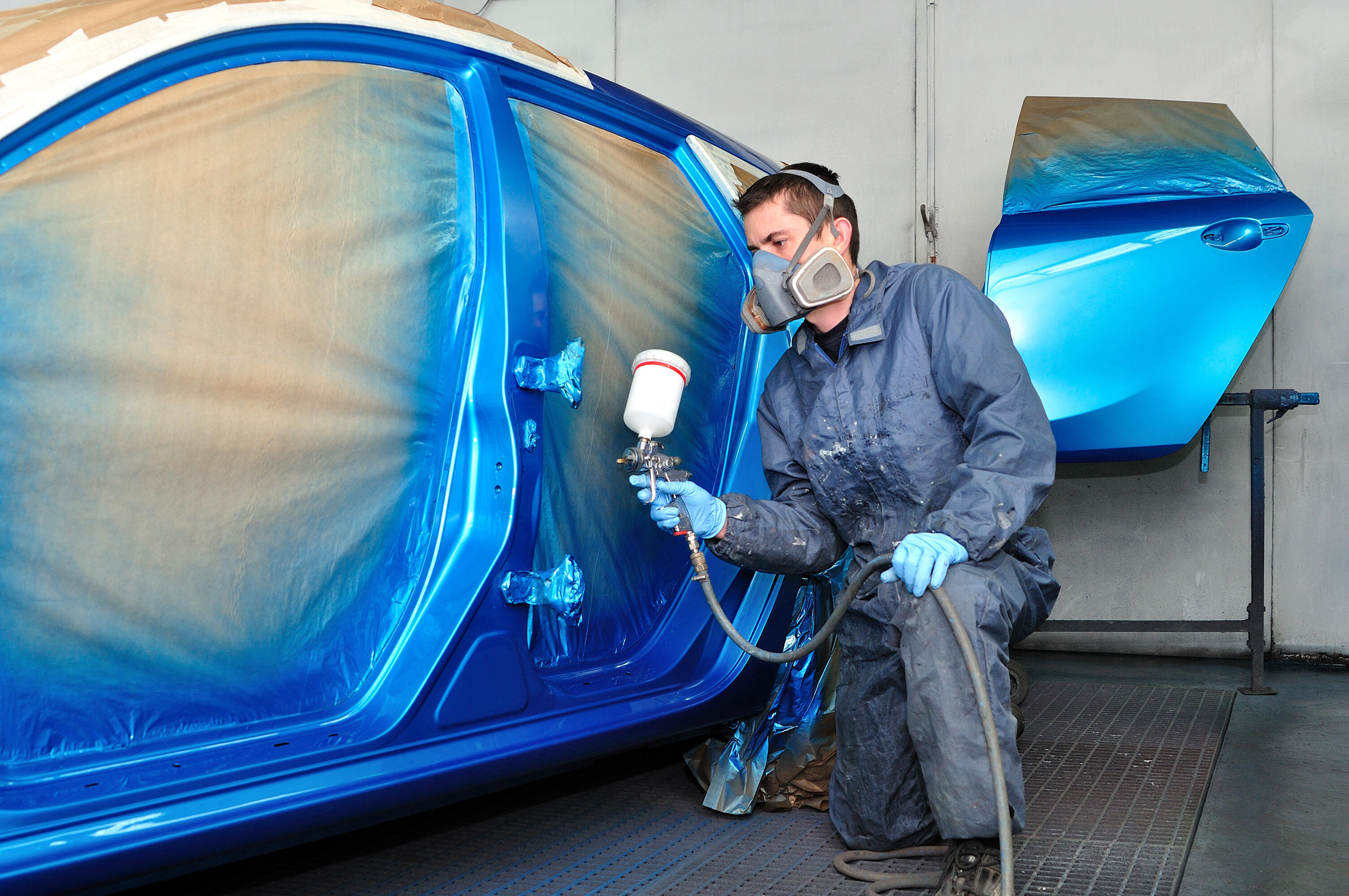Treating VOCs in the paint and coatings industry
European companies are facing increasing pressure to reduce emissions of volatile organic compounds (VOCs). Activated carbon filtration is a versatile, simple and cost-effective treatment technology for many applications, particularly where production is discontinuous.
The problem
A German family firm coats packaging for the cosmetics industry, with clients across Europe and the world. It specialises in decorative PVD coatings, or metallisation.
PVD is solvent-based, and produces air emissions containing VOCs including acetone, butyl acetate, xylol, butanol, and ethyl benzene.
However, such VOCs are harmful to the environment and are subject to strict limits under German air emission regulations, known as TA Luft. While many companies are replacing solvent-based coatings with water-based alternatives for certain applications, this is not yet possible for metallised products.
At this plant, VOCs are emitted from the manual spray booths and during the drying process, with concentrations averaging 80 mgC/m³. The company’s permitted limit is 50 mgC/m³, so it was coming under pressure from the environmental authorities to lower concentrations by either reducing production, or by treating emissions. Failure to do so could mean forced closure.
The first treatment technology that the company investigated was thermal oxidisation. However, this requires a steady flow of emissions to treat in order to work optimally, and production at this plant is discontinuous.
After meeting DESOTEC representatives at a trade fair, the company decided that activated carbon filtration was a better fit with their needs.


The solution
DESOTEC's system was up and running within three months of completing technical and commercial discussions with the client. Its installation caused no business interruption for the client.
The set-up consists of two AIRCON V-XL filters to handle the very high flow rate of 55 000 m³/ h. These are placed in a lead-lag configuration, so when the first becomes saturated, the VOCs will be picked up by the second filter. The first is then exchanged for a fresh filter, and placed behind the one that is now operational.
We also supplied our patented AIRCONNECT plug-and-play filter station. This is a docking station for filters, reducing the need for connecting and disconnecting large diameter piping and making the exchange of filters even quicker and easier.
The final part of the set-up was the INERTI-BOX, which is DESOTEC's hotspot monitoring and extinguishing system. This uses a carbon monoxide monitor to detect if glowing or smouldering areas are forming in the filter bed, and automatically douses them with inert gas such as nitrogen.
Although hotspots are very rare at customers’ sites, they occasionally develop when production restarts after a break and fresh oxygen comes into the system. This did in fact occur at this customer’s site, and the INERTI-BOX successfully doused the hotspot. No damage was done, and the carbon filter remained usable afterwards.
The results
This set-up was installed two years ago, and has successfully kept VOC emissions to below the permitted limits. The authorities have withdrawn the threat to cancel the plant’s permit.
Only one filter exchange is required per year, making this a simple and low maintenance solution. Capex costs are low too, as filters are supplied on a rental basis.
VOC emissions are a widespread problem, so DESOTEC works with many clients on similar projects around Europe. Our mobile filtration system is modular, so clients can add or remove filters to meet increasingly stringent emissions regulations.
While thermal oxidisers are the go-to technology for many projects, they are not generally cost-effective where production is discontinuous. DESOTEC filters use carbon only when production is taking place, so there are no running costs during downtime.
As part of our service, DESOTEC handles all spent carbon, transporting it safely away from the customer’s site in closed filter units. All used carbon is analysed at our facilities so the correct measures can be taken for handling it. All molecules that were adsorbed on the activated carbon at the customers’ sites are desorbed inside DESOTEC's reactivation furnaces and fully destroyed in line with national and European legislation. Our entire installation and its emissions are under continuous online monitoring, which guarantees that only harmless water vapour is seen exiting the chimney.
Contact our experts
To discuss how DESOTEC filters could work for your company, contact our team of engineers today.
Contact our expertsContact our experts
To discuss how DESOTEC filters could work for your company, contact our team of engineers today.
Contact our experts-
Air & gas purification
Our sustainable filtration solutions ensure air purification, odour control, and high quality process gases such as biogas and biomethane. -
Our unique service
Our closed-loop, full-service model is as unique as your business needs. We’ll define the right filtration setup and safely recycle filtration waste, making it easy to go green. -
Your sustainability journey
We care about protecting our air, water and soil for future generations, just like you. Our filtration solutions help you meet environmental standards, reducing your carbon footprint.


